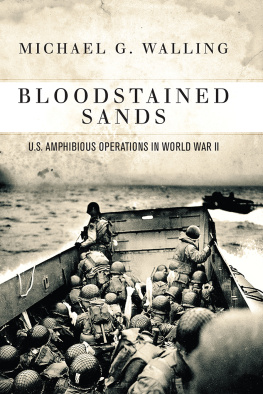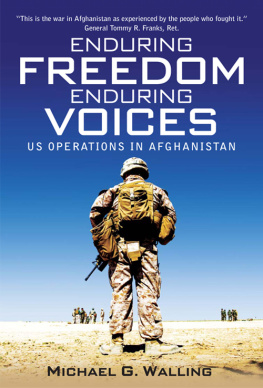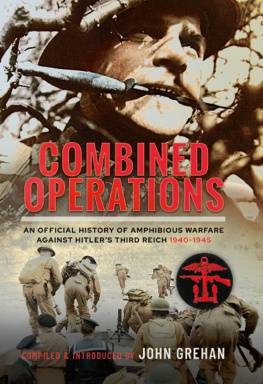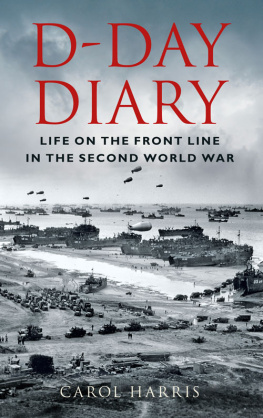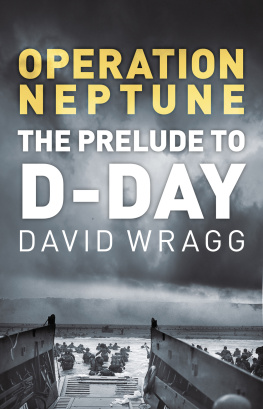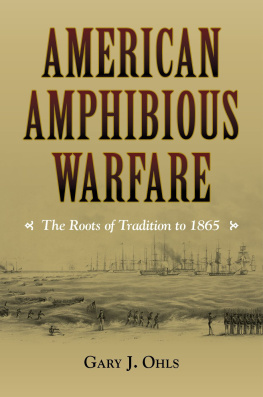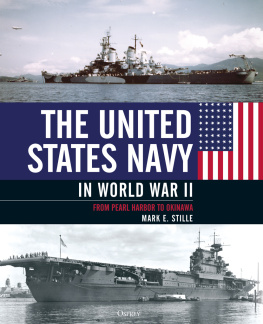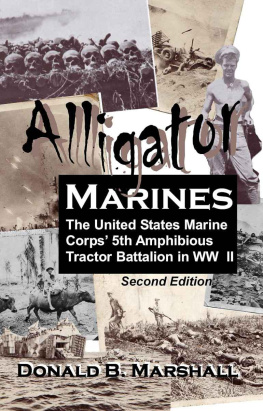DEDICATED TO
the men at the tip of the spear

First published in Great Britain in 2017 by Osprey Publishing,
PO Box 883, Oxford, OX1 9PL, UK
1385 Broadway, 5th Floor, New York, NY 10018, USA
E-mail:
This electronic edition published in 2017 by Bloomsbury Publishing Plc
Osprey Publishing, part of Bloomsbury Publishing Plc
OSPREY is a trademark of Osprey Publishing, a division of Bloomsbury Publishing Plc.
2017 Michael G. Walling
All rights reserved
You may not copy, distribute, transmit, reproduce or otherwise make available this publication (or any part of it) in any form, or by any means (including without limitation electronic, digital, optical, mechanical, photocopying, printing, recording or otherwise), without the prior written permission of the publisher. Any person who does any unauthorised act in relation to this publication may be liable to criminal prosecution and civil claims for damages.
Every attempt has been made by the Publisher to secure the appropriate permissions for material reproduced in this book. If there has been any oversight we will be happy to rectify the situation and written submission should be made to the Publisher.
A CIP catalog record for this book is available from the British Library.
Michael G. Walling has asserted his right under the Copyright, Designs and Patents Act, 1988, to be identified as the Author of this Work.
ISBN: 978-1-4728-1955-0 (HB)
ISBN: 978-1-4728-1441-8 (eBook)
ISBN: 978-1-4728-1440-1 (ePDF)
Maps by Bounford.com
Osprey Publishing supports the Woodland Trust, the UKs leading woodland conservation charity. Between 2014 and 2018 our donations are being spent on their Centenary Woods project in the UK.
www.ospreypublishing.com
Front cover and title page: A view from inside an LCVP of the 16th RCT, 1st Infantry Division during its run in to Omaha Beach on D-Day. (NARA)
To find out more about our authors and books visit www.ospreypublishing.com. Here you will find our full range of publications, as well as exclusive online content, details of forthcoming events and the option to sign up for our newsletters. You can also sign up for Osprey membership, which entitles you to a discount on purchases made through the Osprey site and access to our extensive online image archive.
CONTENTS
ACKNOWLEDGEMENTS
First and foremost to the men who shared their experiences with me either in person, over the phone or in letters. Also, the Army, Navy, Marine, and Coast Guard combat correspondents who captured the mens stories. These courageous correspondents were themselves often in the mist of the fighting.
Once again, thank you to my wife Mary for her unwavering love, faith, moral support, and limitless patience through yet another all-consuming project.
Kate Moore, my editor at Osprey, showed remarkable patience through the often painful process of bringing this project print. My special thanks to the remarkable copyeditor Anita Baker who, with great fortitude, suffered through having to work with me on this project. Also, Gemma Gardner, Chloe May, and the rest of the great staff at Osprey who worked hard with Kate.
Thanks to my agent Kelli Christiansen of bibliobibuli for securing the contract with Osprey and always being supportive.
As special thank you to Mrs. Jean Carrigan for her friendship and for graciously allowing me to use excerpts from her husband Paul E. Carrigans remarkable book Flying, Fighting Weathermen of Patrol Wing Four.
Andrew E. Woods, Research Historian at the Colonel Robert R. McCormick Research Center First Division Museum at Cantigny provided invaluable information and reference sources on the First Infantry Division.
Maneuver Center of Excellence HQ Donovan Research Library Reference, Systems, Virtual Librarian Genoa Stanford assisted with map sources and other important information.
Peter Chen was invaluable in helping me sort out the often confusing information on several operations.
I am deeply grateful to Cornelius Ryan, James Michener, Bill Mauldin, Samuel Eliot Morison, and William Manchester. It was through their wonderful books that I first gained a glimmer of the horror, terror, selfless sacrifice, and humor of the young men who fought in World War II.
Keep the Faith,
Mike Walling
MAPS
AUTHORS NOTE
Before I began writing this book I thought I had a pretty good knowledge of U.S. amphibious operations in World War II. Id read about them and talked with hundreds of Coast Guardsmen, soldiers, sailors, and Marines over the past 50 years or so. These were the men at the spears tip, not just once but often multiple times, their odds of surviving growing smaller with each operation. However, I knew there were gaps in my knowledge, even of units I was familiar with, and finding out what lay in those gaps was amazing, funny, and, at times, heart wrenching.
Among my discoveries were Castners Cutthroats in Alaska, technically the 1st Alaskan Combat Intelligence Platoon, which was dubbed the Alaska Scouts. They were trappers, hunters, fishermen, dogsledders, miners, prospectors, Aleuts, Eskimos, and American Indians. Being tough was the only thing they had in common.
Digging into material about the Aleutian campaign I found the incredible tale of the courageous crewmen of Patrol Wing Four.
The Naval Construction Battalions Seabees are well known. Less so, the Army Engineering Special Brigades, which Id also not heard of, even though these tough and resourceful men performed miracles throughout the European and Pacific theaters.
Beach Battalions came to light along with their indomitable courage under fire and finding out about the secretive Beach Jumpers, organized by Lieutenant Douglas Fairbanks Jr., the Hollywood actor turned naval officer, was fun.
Many of us have heard about the Underwater Demolition Teams, and pictured them rolling off rubber boats to reconnoiter a hostile sandy beach. However, finding teams paired with Engineering Special Brigade men in cold waters off the Normandy beaches, blowing gaps in obstacles while taking heavy fire, and later doing the same thing in the Philippines, Iwo Jima, and Okinawa, among other less than tropical waters, was another knowledge gap filled.
Being an ex-Coast Guardsman I was familiar with the Coast Guards significant but rarely recognized role in amphibious operations. It was the true extent of what these men did that surprised me. Coast Guard-manned assault transports, LSTs, LCIs, and landing craft crews took part in landings from North Africa through Okinawa, many in both theaters and through the worst assaults.
It is beyond my capability and the scope of any one book to tell the full story of every landing or assault. Ive chosen to present some of the well-known ones such as Anzio, Normandy, Tarawa, and Iwo Jima, as well as some not so well known, many of which took place in the Southwest Pacific. For some, days have been covered, while for others, only the first few hours.
I tell the stories, when possible, from the viewpoint and using the words of the landing craft driver, LCI crewman or men in the first assault waves as the ramps dropped, soldiers and Marines under fire as well as pilots flying combat missions or long, often terrifying patrols rather than those of commanders watching from ships offshore. Each man received a pre-assault briefing about the invasion fleet and known enemy strength, something I have tried to do here so that the reader also knows what was facing them. All the quotes are original and some of them contain what is now considered offensive language. To change the wording would make these quotes historically inaccurate which would be a disservice both to the men and the reader.

